The twenty gravitationally connected galaxies extend through the early Universe for millions of light years.
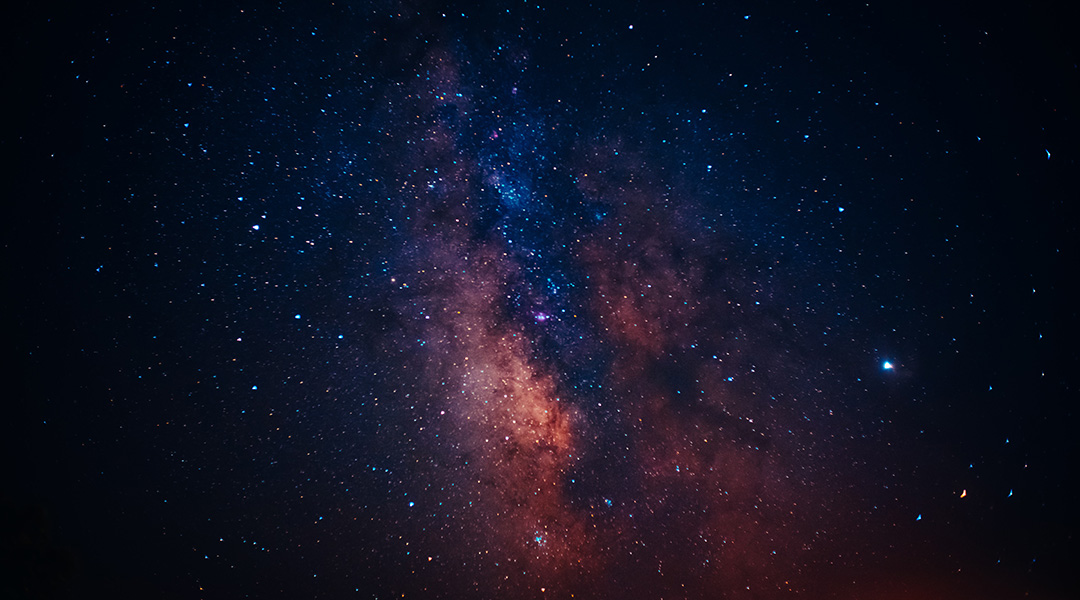

The twenty gravitationally connected galaxies extend through the early Universe for millions of light years.
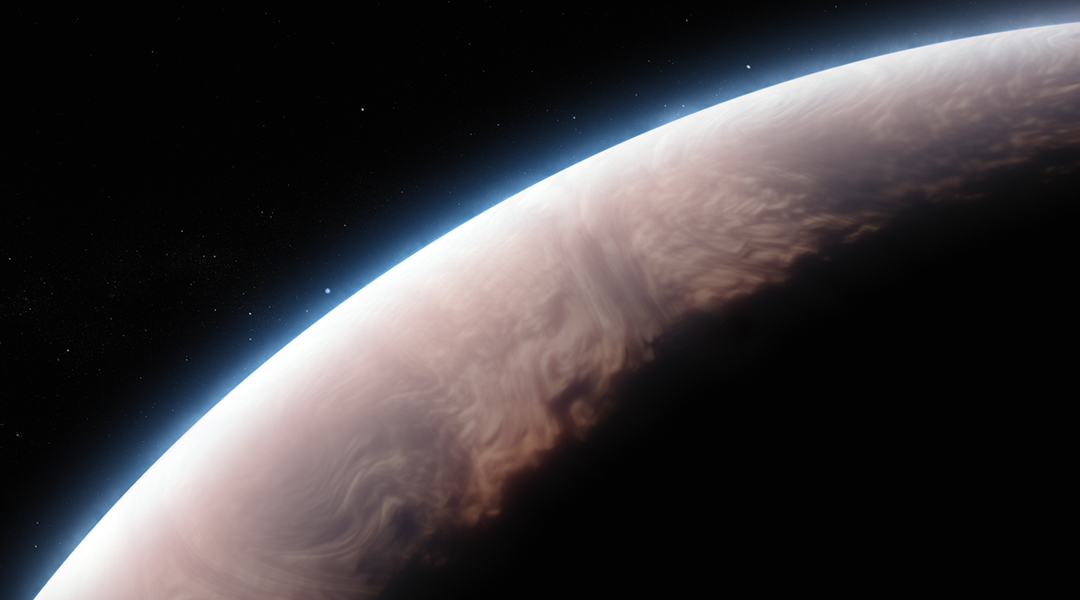
New discovery once again shows how strange planets outside the Solar System can get, and astronomers are thrilled.
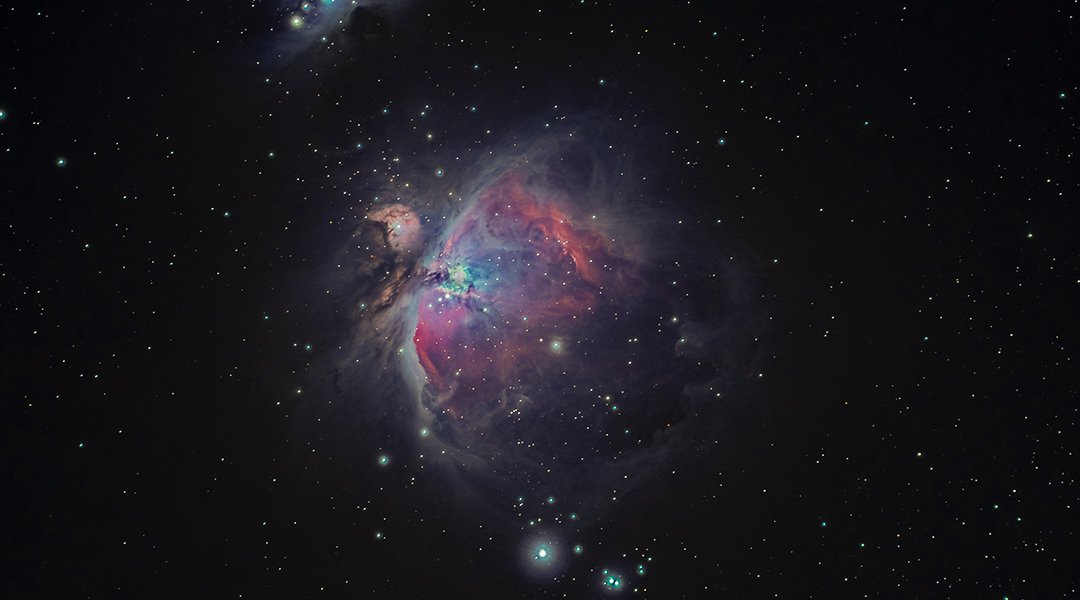
The powerful capabilities of the JWST allowed scientists to penetrate dust and gas clouds to capture crucial data on new star formation.
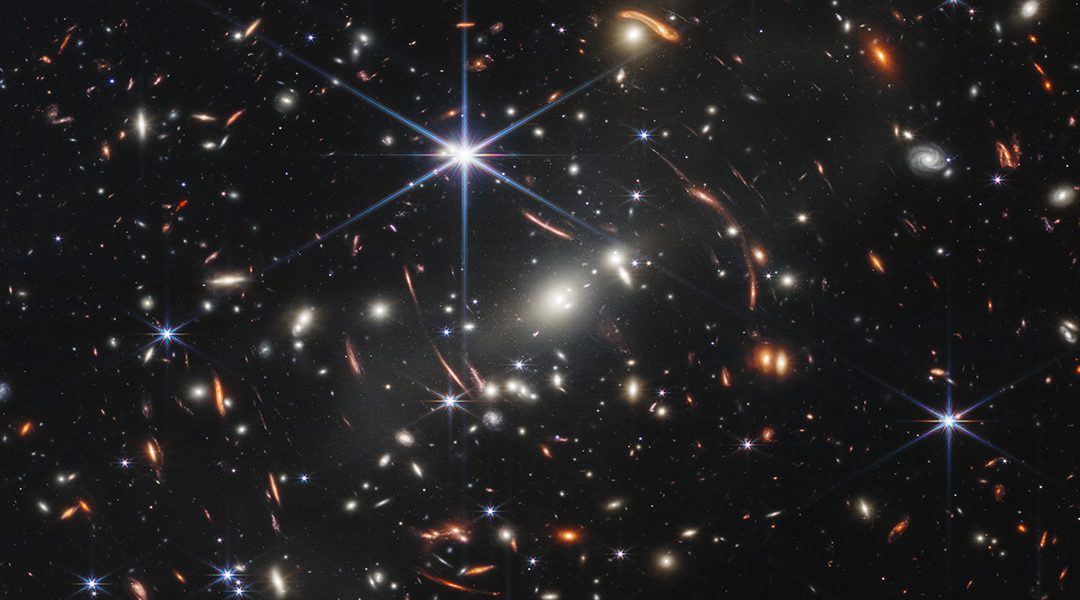
NASA has published the first five images from the James Webb Space Telescope, highlighting each of the key questions it will study.
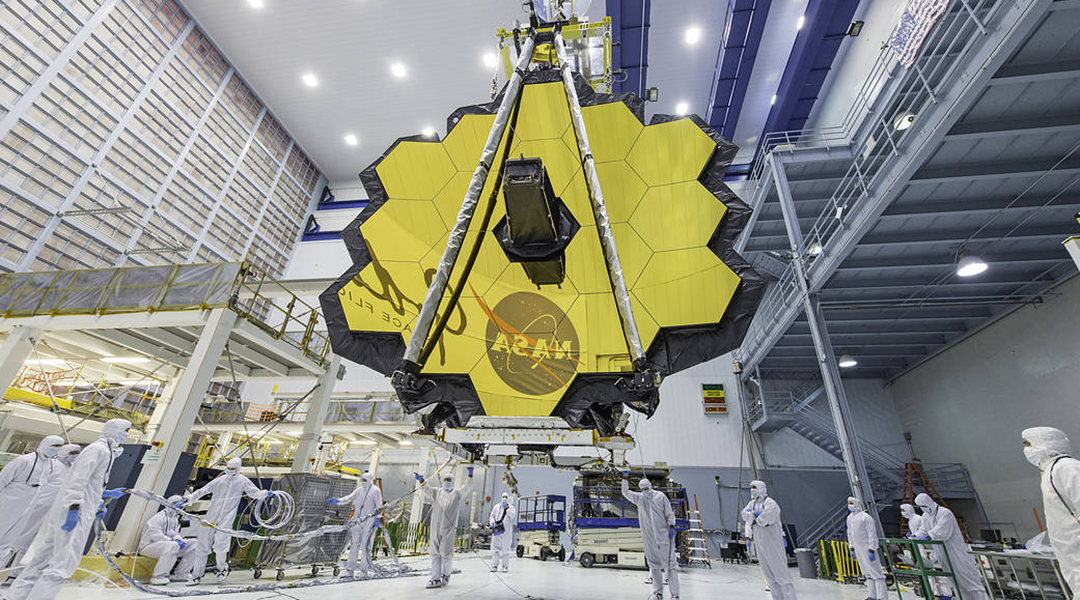
The new James Webb Space Telescope will collect infrared light from distant corners of the cosmos, enabling scientists to see further than ever before.
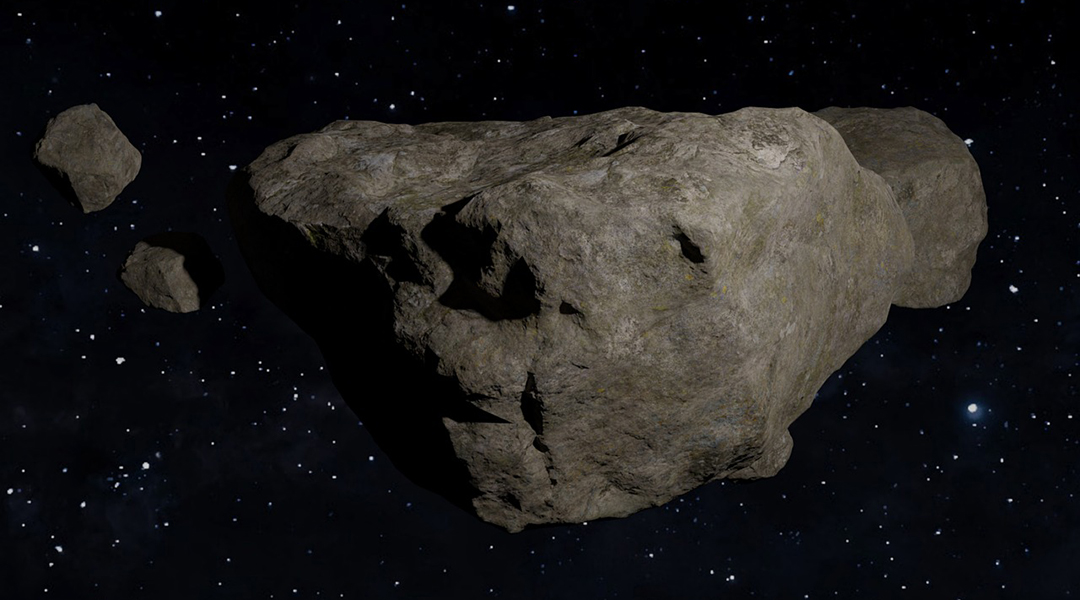
Data gathered about the M-class asteroid challenges earlier assumptions that it is unaltered planetary core.

It’s looking less and less likely that the Hubble tension is a result of observational errors.
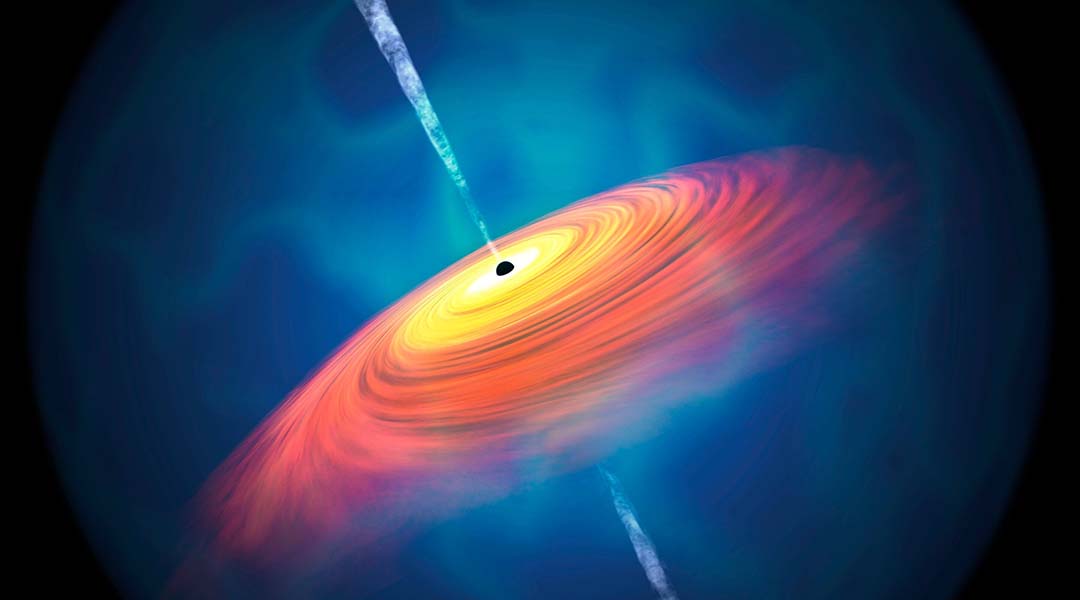
Scientists have only observed supermassive black holes one billion years after the Big Bang, but astrophysicists have now breached this barrier.
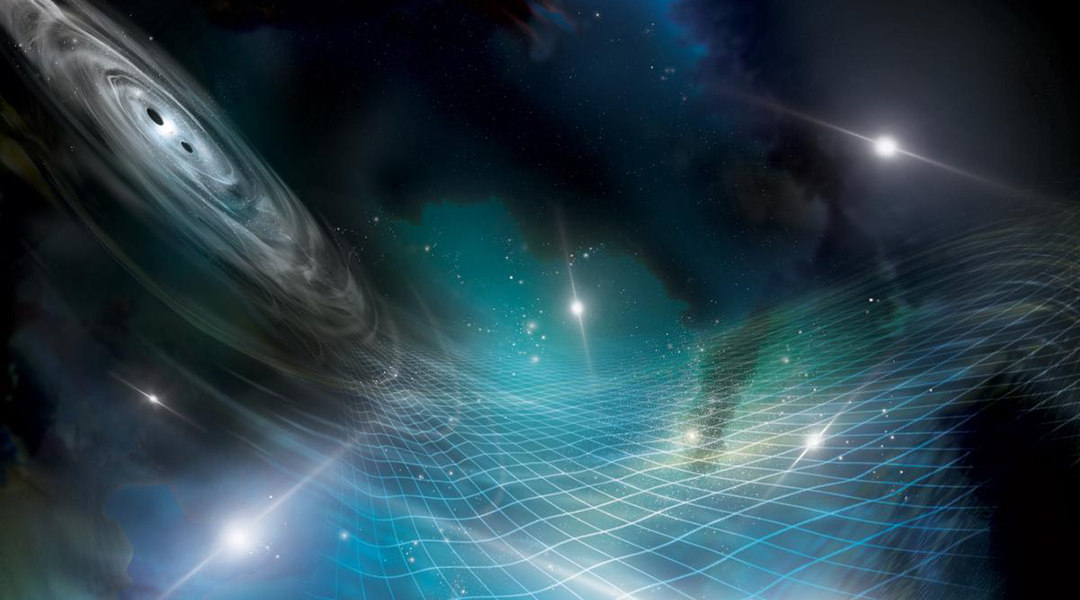
The universe is ringing with gravity, but humanity is only just beginning to hear the nuance of this cosmic symphony.
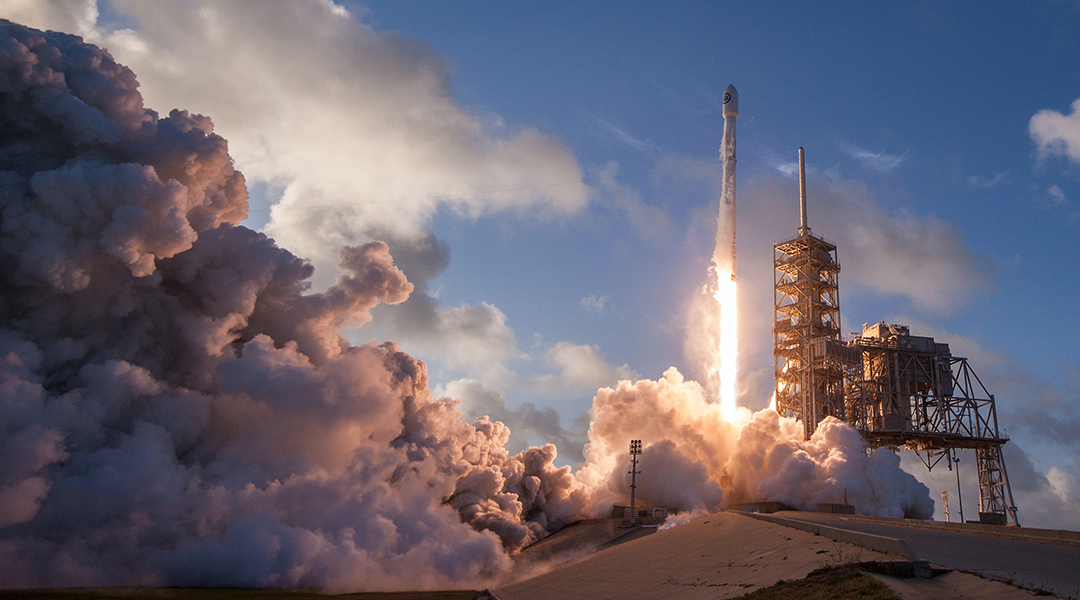
Nine different ways of using technologies based on microbes that can make space research more circular and generally more sustainable.